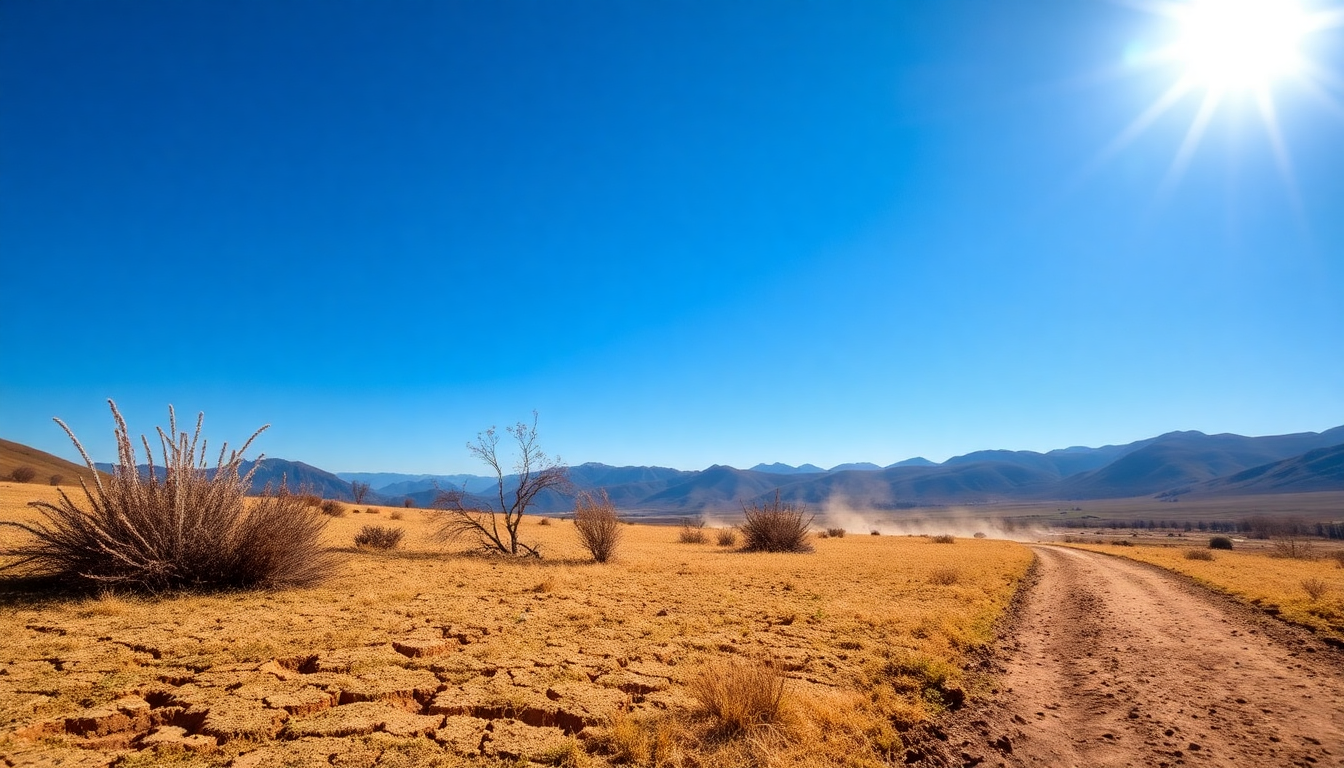Table of Contents
Lytton, British Columbia, is back in the spotlight, but not for the reasons anyone would want. This small community has just set the record for the highest temperature in Canada this year, soaring to a blistering 41.3 degrees Celsius during a significant heat wave that’s hit much of the province. Located in the stunning Fraser Canyon, Lytton’s extreme heat is more than just a number; it’s a wake-up call about the changing climate and its impact on our everyday lives. What does this mean for the environment and the people living there? Let’s dive in.
Record-breaking temperatures in context
It’s not just Lytton feeling the heat—recent reports from Environment Canada reveal that 16 other regions across British Columbia are also setting new temperature records. Places like Whistler, Pemberton, Kamloops, Kelowna, and Cache Creek have all experienced significant spikes, painting a concerning picture of rising temperatures across the province. With heat warnings currently in effect for several areas, including the Fraser Canyon and the southern Thompson and Okanagan regions, residents are gearing up for another week of extreme heat, with temperatures expected to linger between 35 and 39 degrees Celsius. Isn’t it alarming to think about how these soaring temps are reshaping our climate narrative?
According to Matt Loney, a meteorologist with Environment Canada, while a cooler marine air mass is anticipated to provide some relief by Friday, don’t put away those fans just yet. The first week of September may still bring above-normal temperatures. This ongoing heat wave is stressing local ecosystems and testing the limits of our infrastructure, underscoring the critical need for community preparedness in the face of such extreme weather.
Consequences of extreme heat for the community
The ramifications of these extreme temperatures are not just a passing concern; they ripple through public health and local economies alike. You may remember the shocking events of 2021 when Lytton hit a staggering 49.6 degrees Celsius. That day ended with a catastrophic fire sweeping through the village, a stark reminder of the dangers posed by prolonged heat and dry conditions. As temperatures rise, so does the risk of wildfires, which can lead to evacuations and long-term damage to the region’s natural beauty. Can we afford to ignore these signs?
Additionally, this heat wave raises critical questions about the resilience of local infrastructure. Many buildings and systems simply aren’t built to handle such extreme weather. It’s becoming increasingly clear that municipalities must step up their game by investing in cooling centers, enhancing public health responses, and planning for emergencies that could arise from these extreme conditions. How prepared are we really for the climate challenges ahead?
Looking ahead: Climate considerations
As we gaze into the future, Lytton’s record-breaking temperatures are more than just a summer story; they’re a crucial indicator of evolving climate patterns. This ongoing heat wave pushes us to rethink how communities can adapt to the increasing frequency of extreme weather. Local governments, environmental organizations, and community members must come together to craft comprehensive strategies that tackle the challenges posed by rising temperatures. What steps can we take today to ensure a safer tomorrow?
In conclusion, Lytton’s recent heat records highlight a pressing trend that can’t be ignored. The experiences of this community during the heat wave represent a much larger narrative about climate change and its far-reaching effects. As we keep an eye on these developments, it’s clear that proactive measures are essential for protecting both residents and the environment in this uncertain climatic future. Are we ready to take action?


